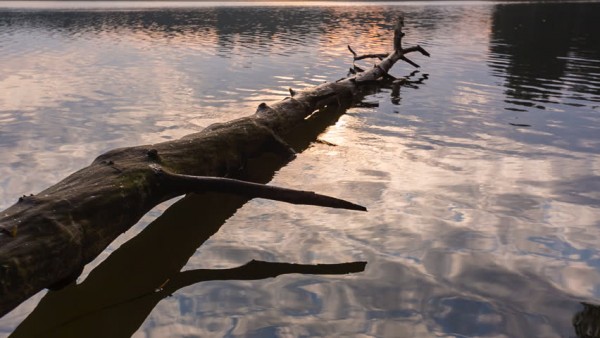Cutting Down Dead Trees Along the Shore
 Several properties have had dead trees fall into the lake this past year, prompting a question about when can a tree that appears dead or diseased be cut down to avoid it falling into the lake (a costing considerably more to remove).
Several properties have had dead trees fall into the lake this past year, prompting a question about when can a tree that appears dead or diseased be cut down to avoid it falling into the lake (a costing considerably more to remove).
From our contact at DES, Sara Steiner, if there is a dead or diseased tree that could cause harm to a structure or person you can have a certified arborist confirm that it’s dead/diseased. You can then submit that to DES to get permission to cut it down.
This is based on DES rules ENV-WQ 1403.04 Removal of Dead, Diseased or Unsafe Vegetation http://des.nh.gov/organization/commissioner/legal/rules/documents/env-wq1400.pdf
Env-Wq 1403.04 Removal of Dead, Diseased, Or Unsafe Vegetation.
(a) A property owner may remove, or may cause to have removed, dead, diseased, or unsafe trees, limbs, saplings, or shrubs from the waterfront buffer that are not included in the scoring described in RSA 483-B:9, V(a)(2)(D), subject to the conditions specified in (b) and (c), below.
(b) The cutting and removal shall be conducted so as to:
(1) Prevent damage to surrounding healthy trees, limbs, saplings, and shrubs;
(2) Minimize damage to ground cover;
(3) Prevent soil erosion and sedimentation to the water body; and
(4) Leave all stumps intact in accordance with RSA 483-B:9, V(a)(2)(B).
(c) In any enforcement action against a property owner or contractor for removal of trees, limbs, saplings, or shrubs in violation of RSA 483-B, the burden of proving that trees, limbs, saplings, or shrubs removed pursuant to this section were in fact dead, diseased, or unsafe shall be on the property owner or contractor, as applicable.
(d) Proof that removed trees, limbs, saplings, or shrubs were dead, diseased, or unsafe shall include, but not be limited to, the following:
(1) Photographs of the property which clearly show the dead, diseased, or unsafe trees, limbs, saplings, and shrubs; and
(2) Written certification signed by an individual with knowledge and experience in assessing tree health, such as a licensed forester, certified arborist, or licensed landscape architect, that the trees, limbs, saplings, and shrubs that were removed were dead, diseased, or unsafe, as applicable.
Source: http://des.nh.gov/organization/commissioner/legal/rules/documents/env-wq1400.pdf